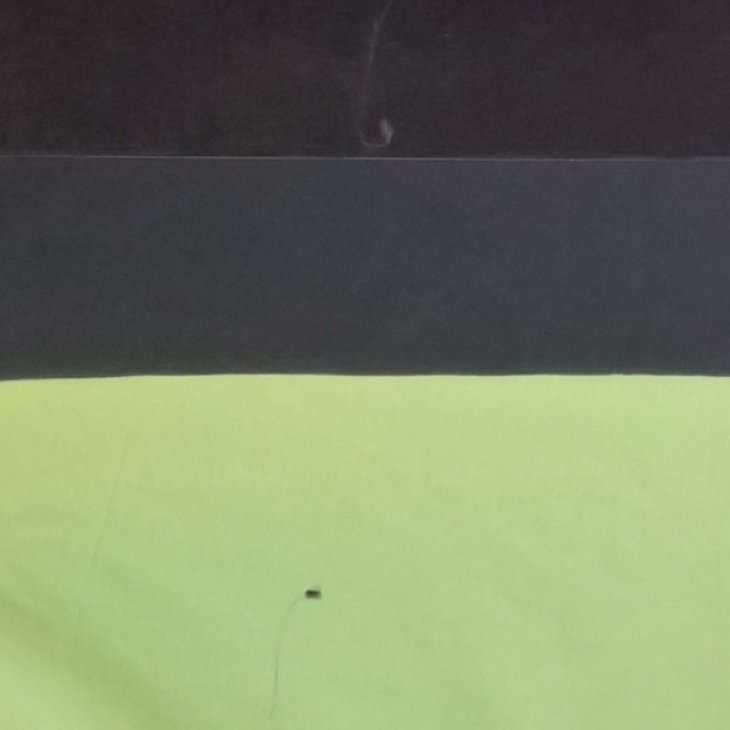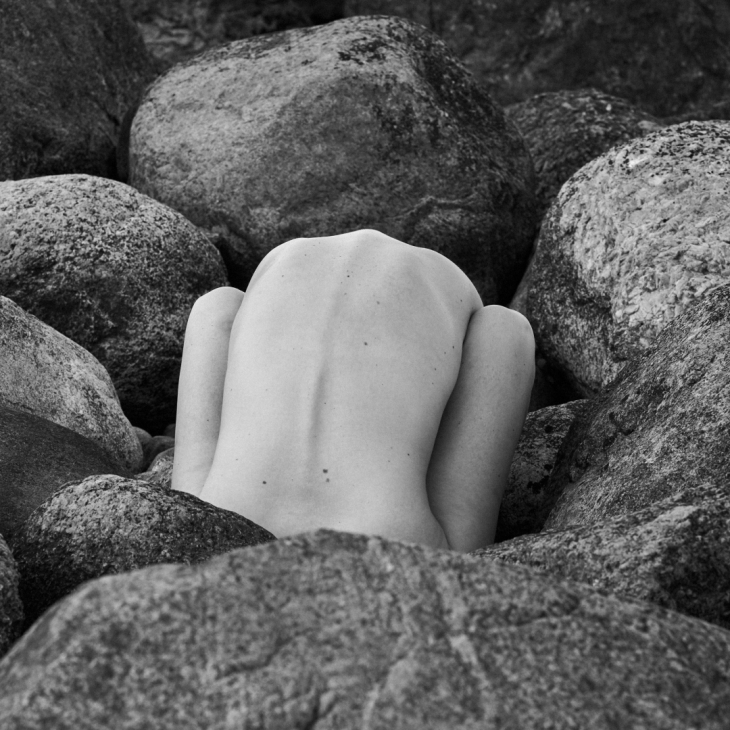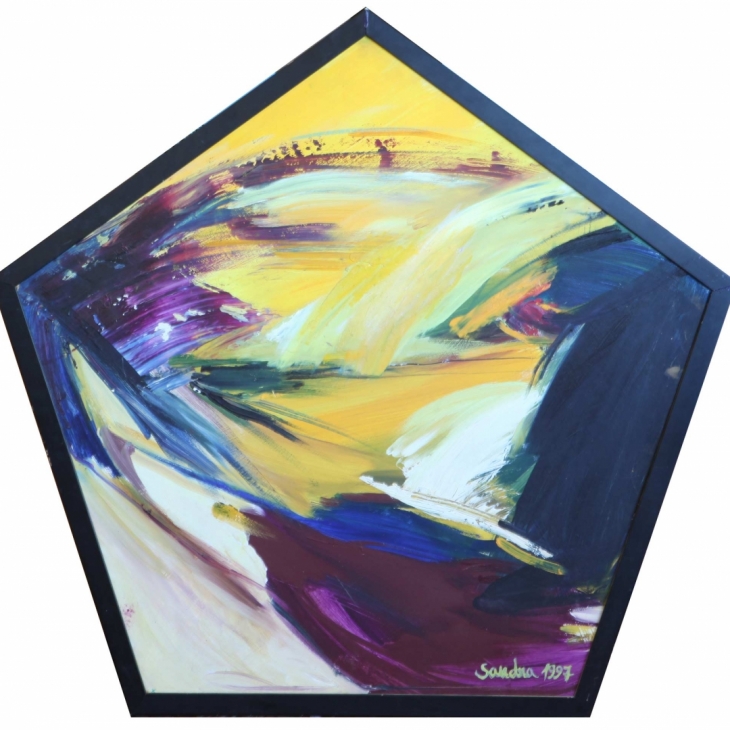(5) eset ostukorvis

Hind: €4000



plexiglass, 3d-printing online-stream, metal pipes, screens, projection
This work began with a simple question I couldn’t shake: what if creative workers like artists, designers, coders -> become unnecessary? That was back in 2021. Then I entered the academy. By the end of 2022, ChatGPT appeared, followed by a flood of friendly AI tools. The question suddenly wasn’t speculative anymore. Like many, I started to reflect on my place in the system. It’s like with food. You don’t think much about being part of the food chain until something bites you. I turned to the invisible labor behind AI –> clickworkers, data labelers, microtaskers. People paid cents to feed models. The more they label, the faster they make themselves obsolete and automated A loop of automation, running on low wages. At the same time, I moved to Vilnius. The Contemporary Art Centre (CAC) was under reconstruction, so I learned about it through its open archives. Three books full of exhibition photos. I kept going through them —> looking, learning, but always from the surface. Like a surfer. It felt strangely familiar. That’s how AI trains too. A dataset of moments, without memory. So I imagined a fictional institution built from this logic. The Kontemporary Art Center (KAC) —-> not CAC but something adjacent, speculative. An institution that survives by extreme efficiency. Optimized labor. No more artists. Only engineers, archives, and training models. The installation includes works from this imagined KAC. Fragments of real exhibitions, reinterpreted by machines. Pipes and projections, screens and structures, material traces of a reconstruction that never ends. The title comes from a short email I received from Valentinas Klimašauskas, head of CAC. He wrote: “when you have something new, please share it with me.” So I did. This is the reply. But no answer. Yet. The project explores memory, automation, and cultural survival. What remains of art when institutions act like tech startups? What happens to labor when it’s hidden behind interfaces? And what can fiction reveal and what can not <—–